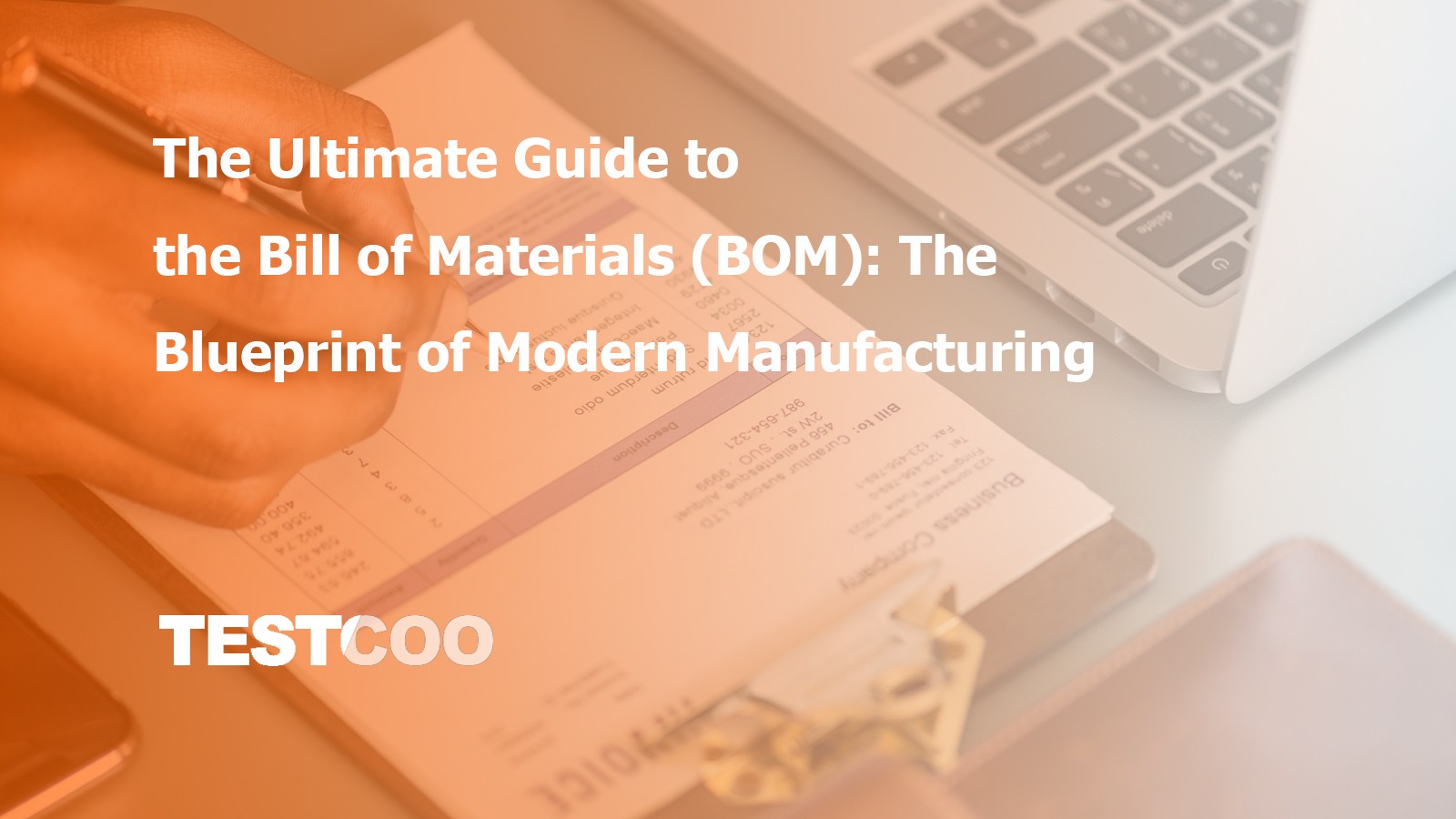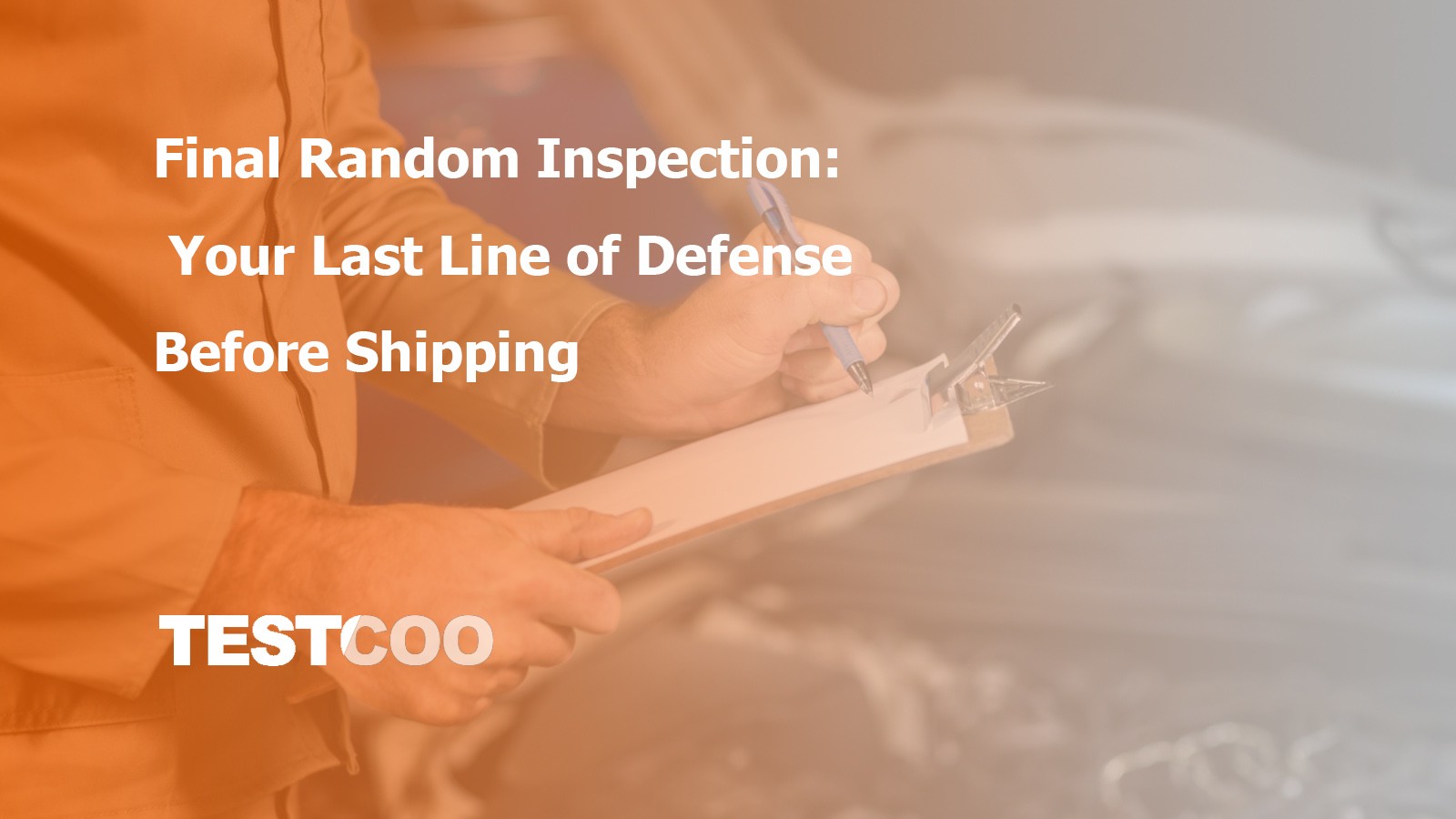The Importance of Final Random Inspections in Global Trade - Your Guide to Quality Assurance
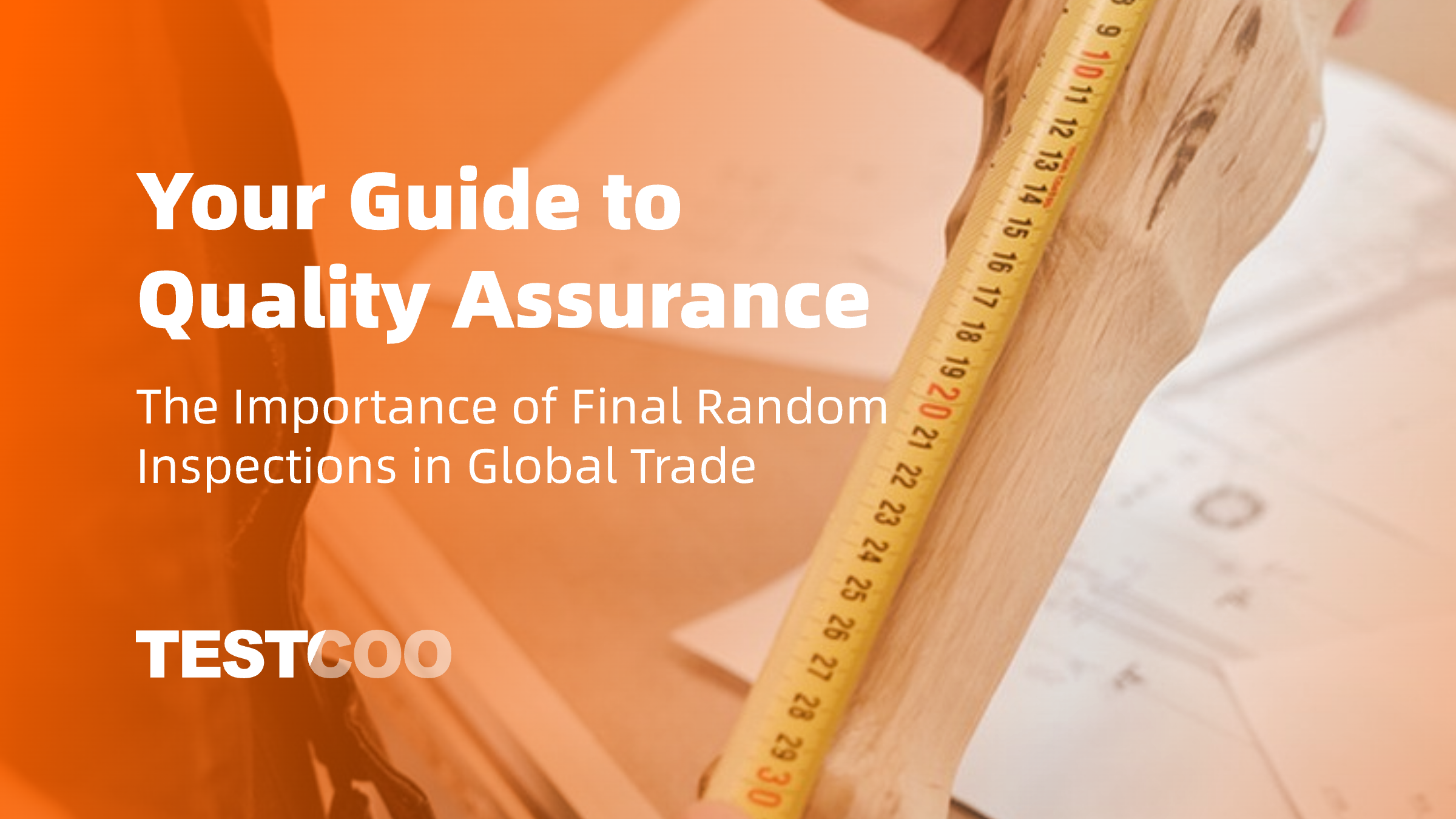
In today’s globalized economy, the movement of goods across borders has reached unprecedented levels. Businesses now rely on international suppliers to manufacture products that meet their specific quality standards. However, this dependence on global supply chains introduces complexities and risks, making quality assurance an essential part of the trade process. Final random inspections (FRIs) serve as a critical safeguard in global trade, ensuring that products meet agreed-upon standards before they leave the supplier’s facility. This blog explores the importance of final random inspections, their role in mitigating risks, and how they contribute to building trust in international trade.
Understanding Final Random Inspections
A final random inspection is a systematic process conducted before goods are shipped to verify their quality, quantity, and compliance with the buyer’s requirements. These inspections are typically performed by third-party inspection companies to provide unbiased assessments. The scope of FRIs can include:
- Visual Conformity: Ensuring the physical appearance and functionality of the product align with specifications.
- Quantity Conformity: Confirming that the correct number of products is packed and ready for shipment.
- Data Measurement and Field Testing: Assessing the product’s performance through measurements and functional tests.
- Packaging and Labeling Review: Checking if the packaging and labeling meet regulatory and buyer’s standards.
- Compliance Assessment: Ensuring that products meet local and international regulations, such as safety standards or certifications like CE or FCC.
Read more: 9 Important Steps in a Final Random Inspection Procedure
Why Are Final Random Inspections Essential?
1. Quality Assurance
Ensuring product quality is critical in global trade. When sourcing products from international suppliers, buyers often face challenges due to geographic distances and differences in manufacturing standards. Final random inspections act as a final checkpoint to verify that products meet quality expectations. Without this step, buyers risk receiving substandard goods, leading to financial losses and reputational damage.
Read more: A Comprehensive Guide to Product Quality Inspections
2. Minimizing Financial Risks
Global trade involves significant financial investments. Buyers often make partial or full payments before receiving the goods. A final random inspection helps ensure that the delivered products match the agreed-upon specifications, reducing the risk of financial loss. In cases where defects or discrepancies are identified, buyers can negotiate with suppliers to rectify issues or seek compensation before shipment.
Read more: The Comprehensive Guide to Apparel Defects: Types, Causes, Solutions, and Prevention
3. Mitigating Supply Chain Risks
Unanticipated issues such as product defects, incorrect quantities, or non-compliance with regulations can disrupt supply chains. By identifying and addressing these problems during the final random inspection, businesses can avoid delays, additional costs, and potential penalties associated with non-compliant goods.
4. Regulatory Compliance
Many countries have stringent regulations for imported goods to ensure consumer safety and protect domestic industries. Final random inspections help businesses comply with these regulations by verifying that products meet specific standards. For example, exporting electronic goods to the European Union requires compliance with CE marking standards. FRIs ensure that such requirements are met, preventing customs rejections and fines.
Read more: CE Marking Requirements for Amazon Sellers-A Complete Guide
5. Enhancing Buyer-Supplier Relationships
Final random inspections foster transparency and trust between buyers and suppliers. When suppliers know that their goods will undergo rigorous inspection, they are more likely to maintain high production standards. This mutual understanding reduces disputes and strengthens long-term business relationships.
Key Benefits of Final Random Inspections
1. Protecting Brand Reputation
In today’s competitive marketplace, a company’s reputation is its most valuable asset. Delivering defective or non-compliant products can lead to customer dissatisfaction, negative reviews, and loss of market share. Final random inspections safeguard a brand’s reputation by ensuring that only high-quality products reach the market.
2. Cost Savings
Detecting and resolving issues at the source is far more cost-effective than dealing with returns, recalls, or rework after the goods have been shipped. Final random inspections help businesses save on potential costs associated with these problems.
3. Improved Customer Satisfaction
Satisfied customers are more likely to become repeat buyers and brand advocates. Final random inspections ensure that products meet or exceed customer expectations, leading to higher satisfaction levels and loyalty.
4. Reduced Risk of Product Recalls
Product recalls can be devastating for businesses, both financially and reputationally. By identifying potential defects before shipment, FRIs help reduce the likelihood of recalls and associated liabilities.
Challenges Addressed by Final Random Inspections
1. Managing Geographical Distances
Global trade often involves working with suppliers located thousands of miles away. This geographical distance makes it difficult for buyers to monitor production processes. Final random inspections bridge this gap by providing on-the-ground assessments, ensuring buyers receive what they paid for.
2. Mitigating Language and Cultural Barriers
Language and cultural differences can lead to miscommunication between buyers and suppliers. Inspection companies, equipped with local expertise, help overcome these barriers by ensuring clear communication and accurate interpretation of requirements.
3. Avoiding Counterfeit Products
The rise of counterfeit goods is a significant challenge in global trade. Final random inspections help verify the authenticity of products, protecting buyers from inadvertently purchasing counterfeit items.
4. Ensuring Timely Deliveries
Delays in shipments can disrupt supply chains and lead to financial losses. By identifying potential issues during the inspection process, businesses can address them promptly, ensuring timely delivery.
How Final Random Inspections Work
1. Defining Inspection Criteria:
- The buyer and supplier agree on specific inspection criteria, including product specifications, quantity, packaging, and labelling requirements.
2. Scheduling the Inspection:
- The buyer hires a third-party inspection company to conduct the inspection at the supplier’s facility.
3. Conducting the Inspection:
- Inspectors evaluate the products based on the agreed-upon criteria. They use sampling techniques, such as the Acceptable Quality Limit (AQL), to assess a representative batch of goods.
4. Reporting Findings:
- The inspection company provides a detailed report outlining the findings. This report includes photographs, test results, and a summary of any defects or discrepancies.
5. Decision Making:
- Based on the inspection report, the buyer decides whether to approve the shipment, request corrective actions, or renegotiate terms with the supplier.
Best Practices for Effective Final Random Inspections
1. Choose a Reliable Inspection Partner
Select a reputable third-party inspection company like Testcoo with expertise in your industry and region. A reliable partner ensures accurate assessments and unbiased reporting.
Discover the services provided by Testcoo, your reliable partner in Quality Control
2. Clearly Define Inspection Requirements
Provide detailed specifications, including product dimensions, materials, functionality, packaging, and labeling requirements. Clear guidelines minimize the risk of misinterpretation.
3. Communicate with Your Supplier
Maintain open communication with your supplier throughout the inspection process. Address any concerns or discrepancies promptly to avoid delays.
4. Use Sampling Techniques Wisely
Adopt an appropriate sampling method, such as AQL, to ensure a representative assessment of the shipment. Over-inspection can be costly, while under-inspection may lead to missed defects.
Read more: AQL Table | How to read it
5. Review Inspection Reports Thoroughly
Analyze the inspection report carefully to identify any issues. Take corrective actions as needed and document the resolution process for future reference.
↵
↵
↵
The Role of Technology in Final random Inspections
Advancements in technology are transforming final random inspections, making them more efficient and reliable. Some notable innovations include:
1. AI-Powered Quality Control:
- Artificial intelligence enhances defect detection through image recognition and automated analysis.
2. Blockchain for Traceability:
- Blockchain technology ensures transparency and traceability, helping buyers verify the authenticity and compliance of products.
3. Remote Inspections:
Tools like augmented reality and live streaming enable inspectors to conduct virtual inspections, reducing travel costs and time.
VR FACTORY AUDIT REPORT
VR factory audit is the best choice for taking your eyes to the factory.

4. IoT Integration:
- IoT devices monitor environmental conditions during shipping, ensuring goods remain in optimal condition.
Partner with Testcoo to Manage Your Final Random Inspections
Final random inspections are a cornerstone of global trade, offering businesses the confidence and assurance needed to thrive in a complex and competitive environment. By mitigating risks, ensuring quality, and fostering trust, FRIs protect the interests of buyers and suppliers alike. In an era where supply chain disruptions and regulatory compliance are critical concerns, final random inspections are no longer a luxury but a necessity. Investing in this essential process not only safeguards financial and reputational interests but also paves the way for successful and sustainable international trade relationships.
Testcoo has a proven track record in managing the final random inspections for top global companies. Contact us to get in touch with our expert staff who may help you in managing your final random inspections with professionalism and honestly.
Free Sample Report Performance Quality Control
Download a sample report to keep control of your supply chain!
Featured Articles
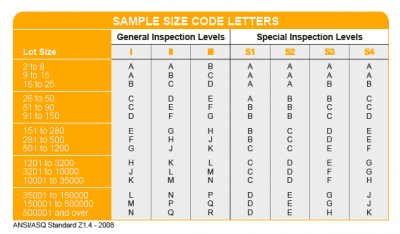 AQL Table | How to Read It
AQL Table | How to Read It TOP 10 Common Defects in Garments Quality Inspection
TOP 10 Common Defects in Garments Quality Inspection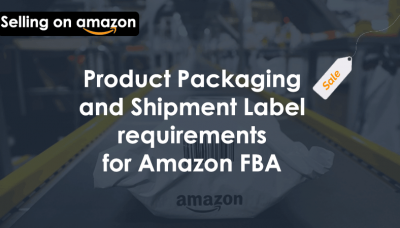 Product Packaging and Shipment Label requirements for Amazon FBA
Product Packaging and Shipment Label requirements for Amazon FBA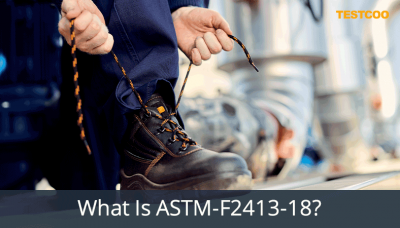 What Is ASTM-F2413-18? Protective Footwear Standard
What Is ASTM-F2413-18? Protective Footwear Standard How to Conduct Third-Party Quality Control Inspections for Electric Scooters
How to Conduct Third-Party Quality Control Inspections for Electric Scooters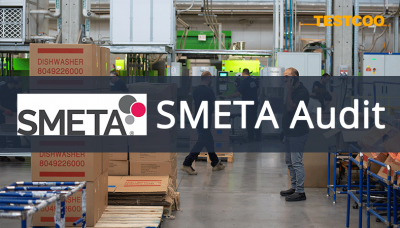 SMETA Audit-What is SMETA Audit?
SMETA Audit-What is SMETA Audit?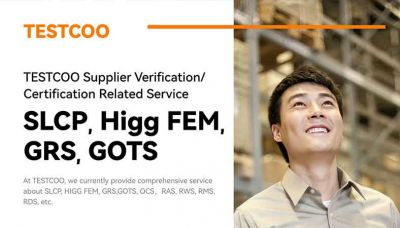 TESTCOO Supplier Verification/Certification Service SLCP, Higg FEM, GRS, GOTS
TESTCOO Supplier Verification/Certification Service SLCP, Higg FEM, GRS, GOTS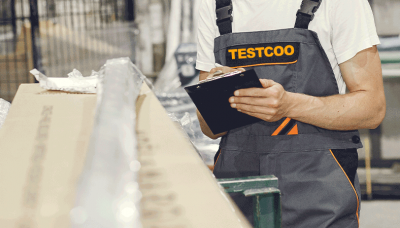 Quality Control Inspection Company in China
Quality Control Inspection Company in China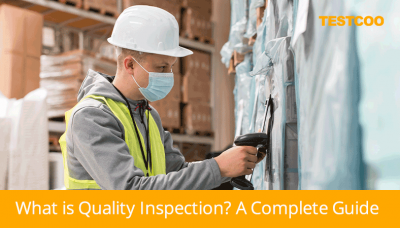 What is Quality Inspection? A Complete Guide
What is Quality Inspection? A Complete Guide Guidelines for Product Inspection in India
Guidelines for Product Inspection in India
Category
- Production Inspection Service
- Factory Audit
- Softline Inspection
- Hardline Inspection
- Electrics Inspection
- Certification
- Checklist
- Manufacturers
- Quality Assurance Basics
- Products Recall
- AQL
- Guidence and Standard
- News
- Supplier Management
- Amazon
- Protective Equipment
- e-commerce quality control
- Indian Manufacturing
- Soft Goods Quality Control
- Supply Chain Management
- Supply Chain Resilience
- E-Commerce Quality Control
- ISO 2859
- Supply Chain Optimization
- Garment Industry
- Higg Index

